
Contemporary Living Room by Honolulu Interior Designers & Decorators Philpotts Interiors
When you hear the words “art” or “artwork,” does your mind immediately spring to paintings by famous artists on the walls of museums or galleries? While that is accurate, you don’t need an original by Van Gogh or Monet to decorate your home. Sure, paintings are considered artwork, but so are photographs, prints, posters, and works of graphic design. In fact, so are squares of fabric or wallpaper, newspapers, plates, completed puzzles, maps – nearly anything you could imagine! Don’t feel limited to conventional art forms when designing a room.
And, contrary to the advice you will see on many design articles, you don’t necessarily have to start with a piece of art and plan your décor for that room around it. Maybe if you are moving in to a new house, you have yet to buy the furniture you want for a certain room, or you are working with a substantial budget then this would be an option. However, for most of us this isn’t the case.
Here are some recommendations for decorating with art, including basic tips, working with large and small pieces of art, and creating a gallery. At the end, I’ve listed a few websites where you can purchase artwork for your own home!
The Basics
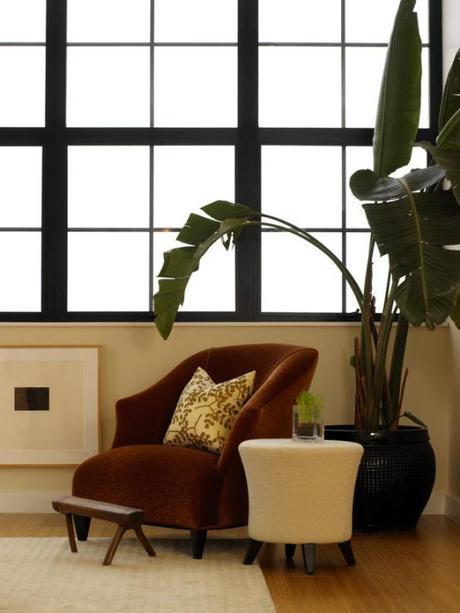
Photo from HGTV.
Hang at the right height
Generally, this means hanging a piece so the center or point of interest will be at eye level. When you are positioning artwork around furniture, leave about 6-8 inches between them so the space doesn’t look cluttered – and so you don’t risk knocking something off the wall when you go to sit on your sofa.
There are a few exceptions though. You can get a bit more creative with art placement if you have high ceilings or a bare spot where you think a certain piece would work well. Or if you want to make a gallery wall, it is likely that it will flow onto spots that are higher or lower than eye level.
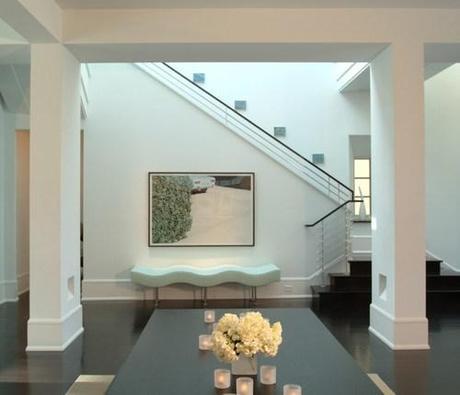
Contemporary Staircase by Minneapolis Architects & Designers TEA2 Architects
Be mindful of the layout of the room
Work within the current design of your living space. Don’t layer dozens of prints on the walls of an already-cluttered room, and don’t place a couple of small prints in the middle of an expansive blank wall. If you can, place your art near furniture that complements it. In the photo above, the bench perfectly underlines the art hanging over it. Choices like this further create the ideal harmony you desire for your room.
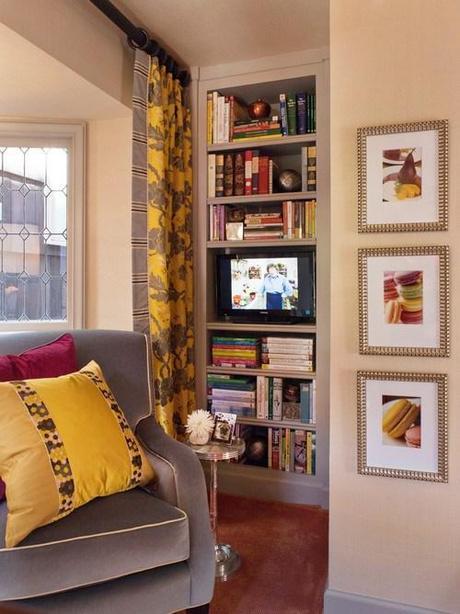
Traditional Home Office by San Francisco Interior Designers & Decorators Brian Dittmar Design, Inc.
Decide on a motif
Some rooms naturally lend themselves to design schemes. The kitchen is the most obvious example – it is a room where you prepare and eat food, so why not go for a flavorful theme? This could feature stunning food photography, still life paintings of fruit, a page from a cookbook, or even a vintage restaurant menu. Or invent a motif of your own and repeat it throughout a space.
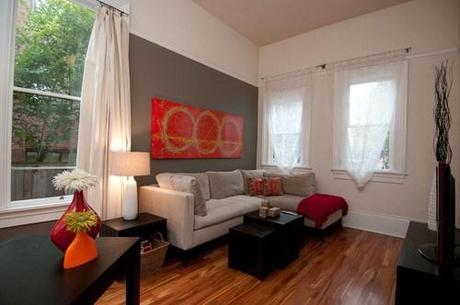
Contemporary Family Room by Portland Interior Designers & Decorators Pangaea Interior Design, Portland, OR
Accent colors in the room
If you get lucky, you may stumble upon art with a similar color profile to the furniture or other decorations you already have in a room. Coincidences like this don’t happen often, but you can still visit galleries or comb through online art stores to see if you can find the right piece. Be careful when shopping on the internet though, as the colors may look different on your screen than they do in real life.
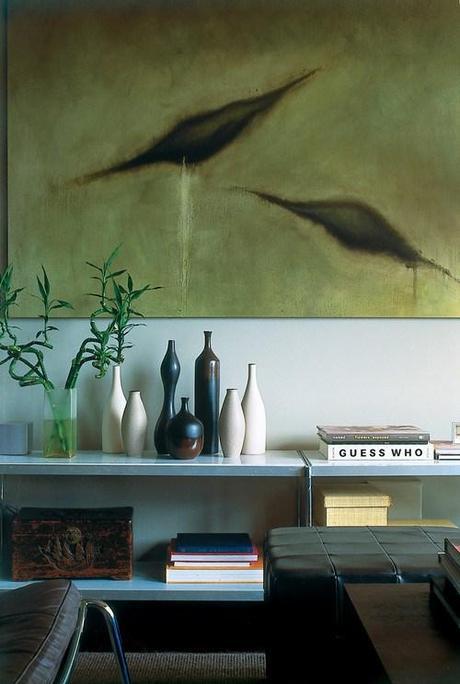
Modern Living Room by San Francisco Architects & Designers Cary Bernstein Architect
Tell a story
The art you use should make sense in the space it is placed. Whether it is because of the color scheme, the subject matter, a repeated theme, or some other reason, you should feel like it fits well. If it seems out of place – maybe the colors are too garish or it doesn’t tie in well with other pieces around it – you should probably reconsider using it in that room.
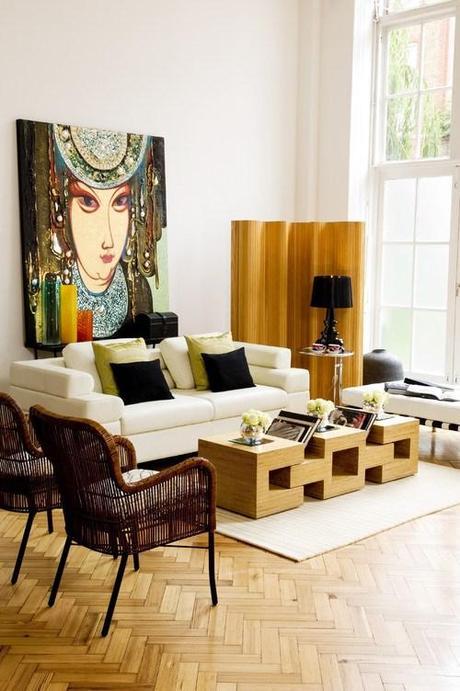
Eclectic Living Room by London Interior Designers & Decorators Design-OD
Choose pieces you love
Ultimately, you should invest in artwork you truly enjoy looking at and displaying in your home. Don’t buy something just because it is iconic or a classic, you think it will impress people, or because it lends you a particular image. Having an oversized periodic table on your wall does not make you a scholar, but if you genuinely liked taking chemistry in school or find learning about the different elements exciting, then go ahead and hang it up. Don’t feel embarrassed by what you like or obligated to please anyone.

Rustic Living Room by Mill Valley Interior Designers & Decorators Jute Interior Design
Decorating With Small Artwork
Working with small pieces of art can be challenging, but here are two suggestions for ways to successfully decorate with them. The most popular way is to arrange them in a group. That way one piece isn’t swallowed up in the blank space of the wall around it, but all of them together appear more unified and cohesive. The other method is surrounding things such as small photographs or paintings with thick matting and a frame. These two borders draw your attention further inward to the artwork, which is the focal point.
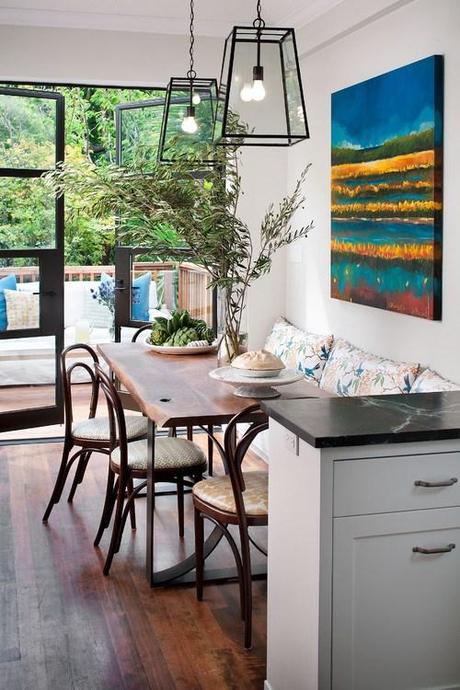
Traditional Kitchen by San Francisco Interior Designers & Decorators Tamara Mack Design
Decorating With Large Artwork
No matter if you have a small studio apartment or a spacious home, you can successfully decorate with large works of art. It is all about choosing the right space and keeping it simple.
When picking the ideal space, consider how many furnishings are already in the room, as you don’t want to make the space feel cluttered or busy. Then, when you find a fantastic piece, let the artwork stand alone. Don’t surround it with other art – let it make an impact on its own.
Starting a Gallery

Contemporary Dining Room by Cincinnati Media & Bloggers VisuaLingual
Consider the arrangement
First, you need to decide how you want your artwork to be arranged. Symmetry adds balance to a room, while asymmetrical layouts are more casual, work well in informal spaces, and are more eye-catching. Putting together art in a grid gives a sense of rhythm and unity, especially if the pieces share the same frame or are a collection of visually similar images.
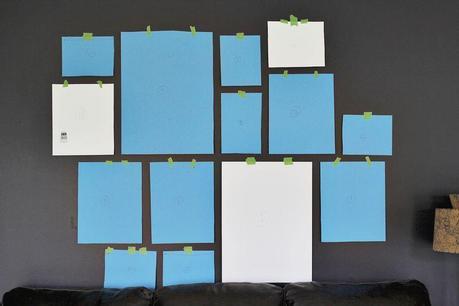
Photo by A Beautiful Mess.
Create a layout
Don’t start hanging things right away, or you’ll risk making your wall look sloppy and unplanned. Sketch a mock-up of what you’d like the wall to look like. Then use newspaper or some other material, lay it over your artwork, and cut around the edges. Arrange these shapes in the layout you have in mind, then use painter’s masking tape to stick them to the wall. That way you will know where your nails should go instead of relying on guesswork.
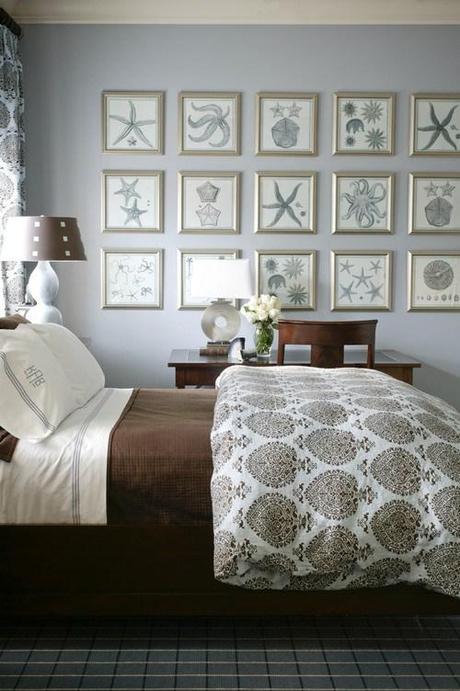
Beach Style Bedroom by Little Rock Interior Designers & Decorators Tobi Fairley Interior Design
Keep it together
There are a couple of ways to approach a gallery wall. One is that you could use pieces that are all related in some way. They could have a common theme, such as featuring the same subject matter or all being family portraits. They could all be black & white or by the same artist, giving them a point of visual similarity. Or you could even put up a triptych, whether it is a repeated image or a landscape continued through separate pieces.
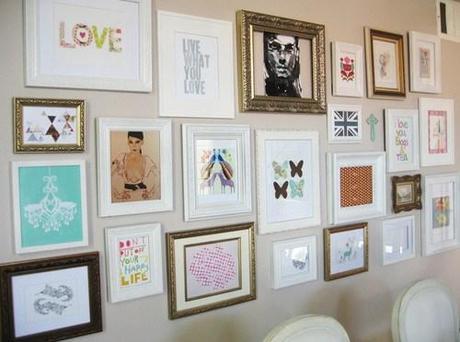
Eclectic Dining Room
Mix it up
The other popular method for putting together a gallery is mixing it up. Include different sizes, shapes, styles of frames, and media. Being eclectic creates interest and grabs your attention. However, this isn’t as easy as it may sound. Though all the art doesn’t have to be closely related, it should still work well together. Don’t haphazardly hang up all the artwork you want, or it may end up looking disconnected.
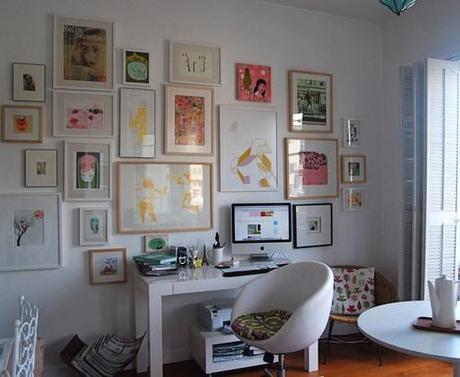
Eclectic Home Office by San Francisco Media & Bloggers SFGIRLBYBAY
Resources
- Enormous Tiny Art – Specializes in small pieces of art, measuring no more than 10×10 inches
- Eye Buy Art – Limited edition prints of photographs by award-winning artists
- 20×200 – Has featured a wide variety of work by over 300 established & emerging artists
- The Working Proof – 15% of proceeds go to the charity of the artist’s choice
- Great Big Canvas – Gorgeous and affordable wall art
- 100 Creative DIY Wall Art Ideas to Decorate your Space – Create your own artwork with this massive list of projects by Brit + Co.

